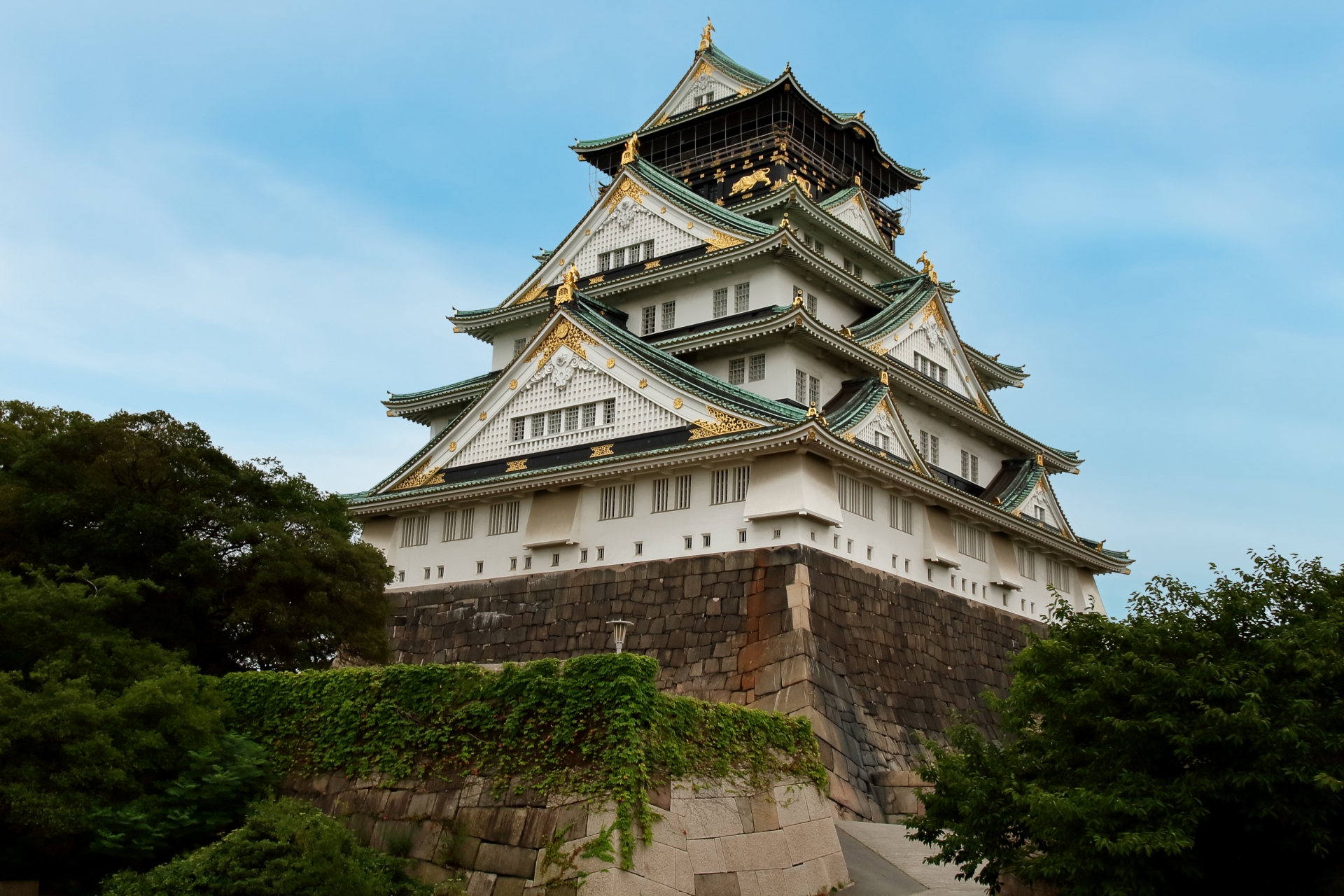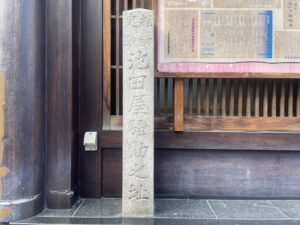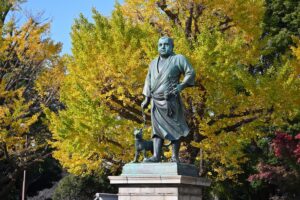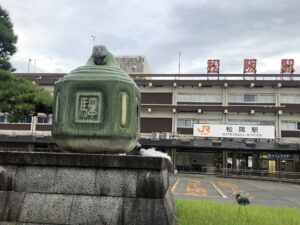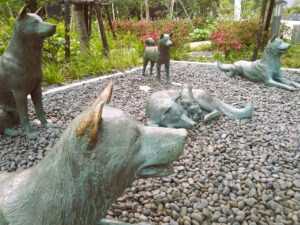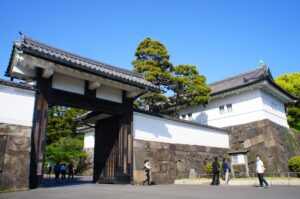Osaka Castle is one of Japan’s most famous landmarks, renowned for its historical significance and stunning architectural beauty. This comprehensive guide provides everything you need to know about Osaka Castle, from its historical background and architectural highlights to practical visitor information and photography tips. Whether you’re a history buff, a first-time tourist, or a seasoned photographer, this guide will help you make the most of your visit to Osaka Castle.
The Historical Significance of Osaka Castle
Osaka Castle has played a pivotal role in Japan’s history since its founding in the late 16th century by Toyotomi Hideyoshi, a powerful feudal lord and samurai. The castle was a symbol of Hideyoshi’s power and his efforts to unify Japan after a prolonged period of civil wars. It served as a military stronghold during the late Azuchi-Momoyama period and into the early Edo period, a time when it became a focal point for military and political activities. The Siege of Osaka in the early 17th century was one of the most significant events associated with the castle, marking the downfall of the Toyotomi clan and the rise of the Tokugawa shogunate, which ushered in a long period of peace and stability in Japan. Today, Osaka Castle stands as a symbol of the city and a testament to its historical and cultural heritage.
Key Historical Events and Figures

The history of Osaka Castle is closely tied to several key figures and events. Toyotomi Hideyoshi, the castle’s founder, envisioned it as the center of his power and a symbol of a unified Japan. The castle was also central to the Siege of Osaka (1614-1615), where Tokugawa Ieyasu, the first shogun of the Tokugawa shogunate, laid siege to the castle in a series of battles that eventually led to the downfall of Hideyoshi’s son, Toyotomi Hideyori. This defeat marked the end of the Toyotomi lineage and solidified the Tokugawa family’s control over Japan. The castle’s destruction during this siege led to its eventual reconstruction in later centuries.
Evolution and Restoration Efforts
Over the centuries, Osaka Castle has undergone numerous changes and restorations. After its initial destruction, the castle was rebuilt by the Tokugawa shogunate but faced destruction again due to lightning strikes and subsequent fires. The most significant restoration effort occurred in the 20th century, when the main tower (tenshu) was reconstructed using modern materials while preserving its historical design. Today, the castle’s interior has been modernized to include a museum that showcases Osaka’s history and the life of Toyotomi Hideyoshi, while the exterior maintains the grandeur and style of the original fortress.
Architectural Features of Osaka Castle
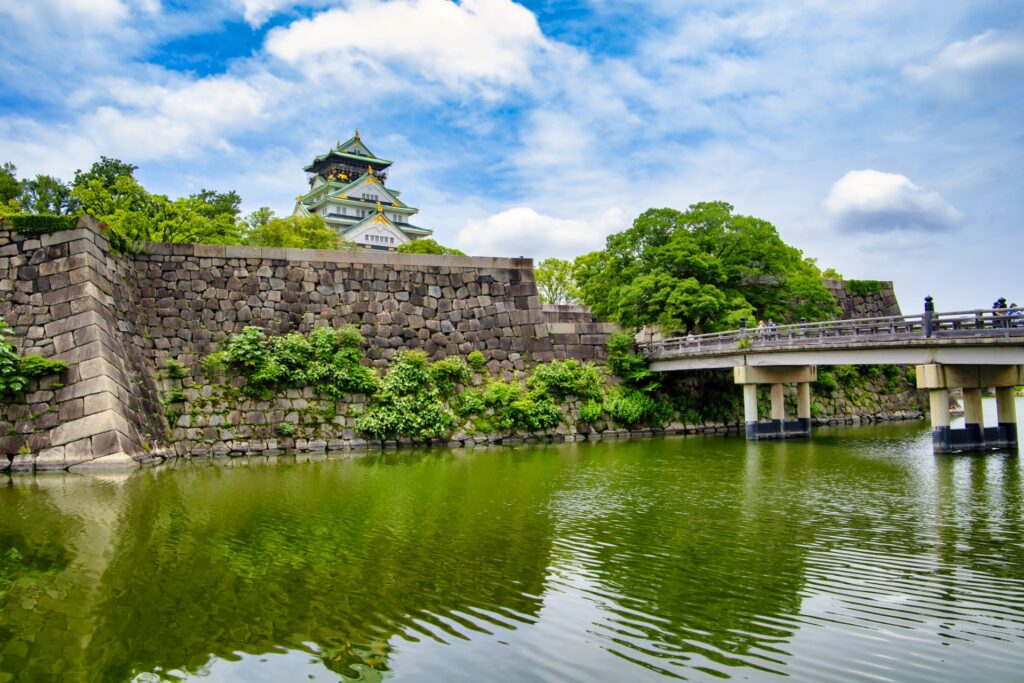
Osaka Castle is an architectural marvel, featuring a unique blend of traditional Japanese design and modern restoration techniques. Its main tower (tenshu) rises majestically above the surrounding grounds, characterized by its five-story exterior and eight-story interior. The castle is adorned with golden ornaments, including the iconic golden shachihoko (mythical tiger-headed fish) on the rooftop, and is surrounded by impressive stone walls and moats, which were vital defensive features in the castle’s design. The castle grounds also house a museum that provides insights into the history and significance of Osaka Castle, along with an observation deck offering panoramic views of the city.
The Main Tower (Tenshu) and Interiors
The main tower of Osaka Castle is an iconic symbol of Japan’s architectural heritage. It combines historical authenticity with modern features to accommodate the needs of contemporary visitors. Inside the tower, visitors can explore various exhibits showcasing artifacts from the castle’s history, including samurai armor, ancient scrolls, and models depicting the castle’s evolution. The top floor serves as an observation deck, offering stunning views of Osaka’s skyline and the surrounding parklands, making it a popular spot for photography enthusiasts.
Stone Walls, Moats, and Gates
The defensive features of Osaka Castle are integral to its architectural splendor. The castle is surrounded by massive stone walls, some of which reach up to 20 meters in height, and a series of inner and outer moats that provided protection against invaders. The Otemon Gate, one of the castle’s main entrances, is a striking example of traditional Japanese gate architecture, with its imposing wooden structure and massive stone base. These features not only served as defensive measures but also symbolize the power and authority of the castle’s historical occupants.
Exploring the Castle Grounds and Gardens
Osaka Castle is surrounded by expansive grounds that offer a peaceful retreat in the heart of the city. The Osaka Castle Park covers approximately two square kilometers and features lush green spaces, picturesque walking paths, and scenic gardens. One of the highlights is the Nishinomaru Garden, a former samurai residence that has been transformed into a landscaped garden offering stunning views of the castle tower, especially during the cherry blossom season. The park is also a popular spot for seasonal events, such as the cherry blossom festivals in spring and the illuminations during the autumn and winter seasons.
Nishinomaru Garden
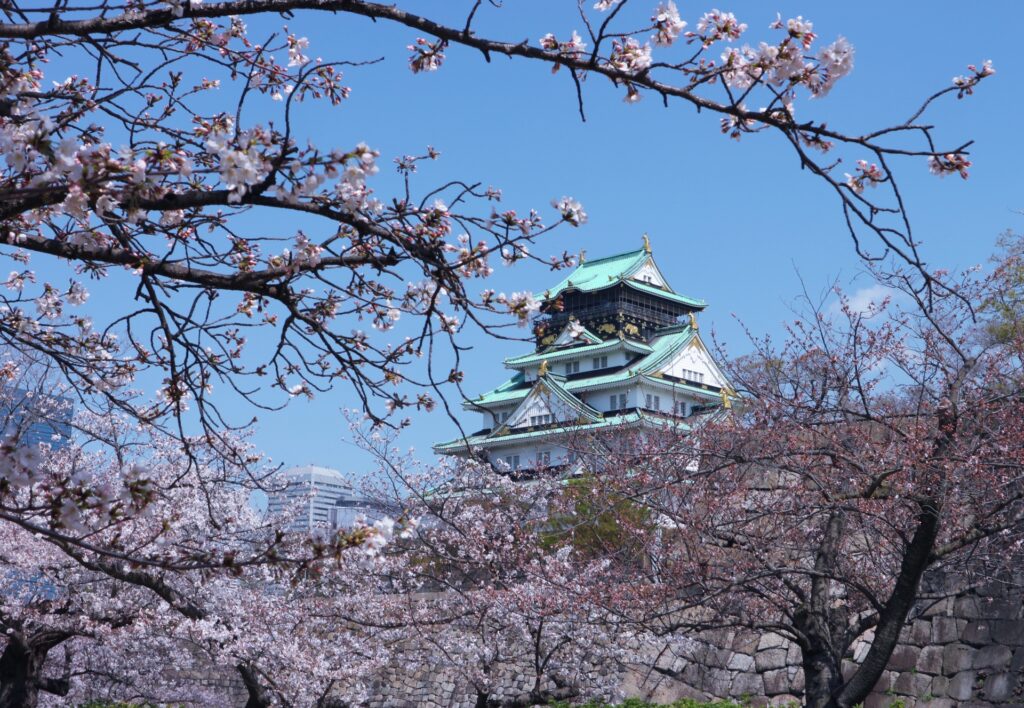
Nishinomaru Garden is a beautifully landscaped area within Osaka Castle Park, known for its expansive lawns, cherry blossom trees, and unobstructed views of the castle’s main tower. During cherry blossom season, the garden becomes a popular spot for hanami (flower viewing) parties, attracting locals and tourists alike. The garden also hosts various cultural events throughout the year, such as traditional tea ceremonies and musical performances. Entry to Nishinomaru Garden requires a separate fee, but the serene atmosphere and picturesque views make it well worth the visit.
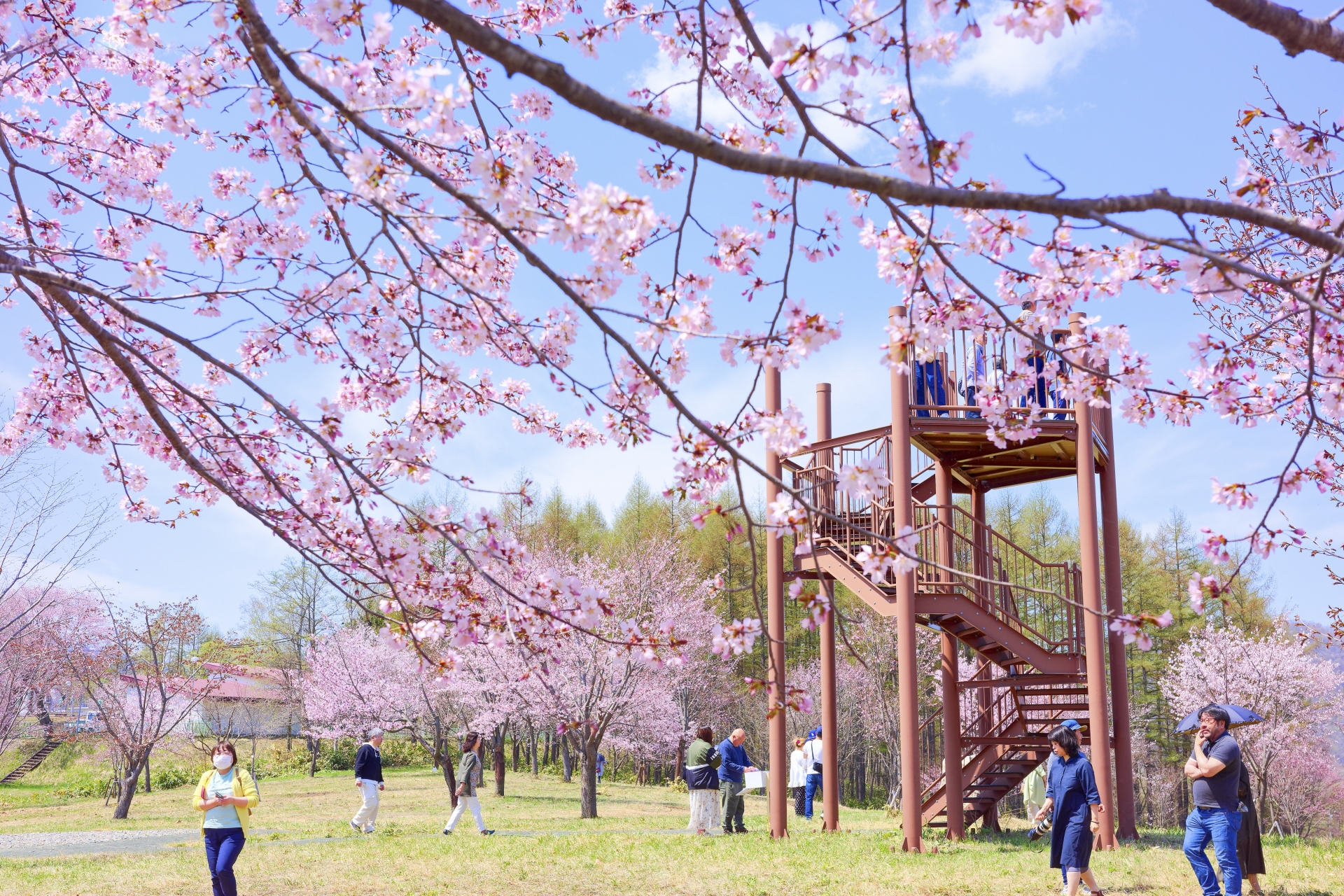
Seasonal Events and Festivals
Throughout the year, Osaka Castle hosts a variety of seasonal events and festivals that celebrate Japanese culture and the changing seasons. The Cherry Blossom Festival in spring is one of the most anticipated events, with the park’s 600 cherry trees in full bloom. In autumn, the castle grounds are illuminated with vibrant autumn foliage, creating a spectacular backdrop for evening illuminations. Other events include the Osaka Castle Illuminations during winter, which light up the castle in a dazzling display, and various traditional Japanese festivals that offer visitors a glimpse into the country’s rich cultural heritage.
Visiting Osaka Castle: Practical Information
When planning a visit to Osaka Castle, it’s important to know the practical details to make your trip smooth and enjoyable. The castle is easily accessible via public transportation, with the nearest stations being Osakajokoen Station and Tanimachi 4-chome Station. Entrance to the castle grounds is free, but there is a fee to enter the main tower and the Nishinomaru Garden. The castle is open year-round, with varying hours depending on the season. Nearby attractions include the Osaka Museum of History, which offers additional insights into the region’s past, and the bustling shopping districts of Shinsaibashi and Namba, which are just a short train ride away.
Getting There and Nearby Attractions
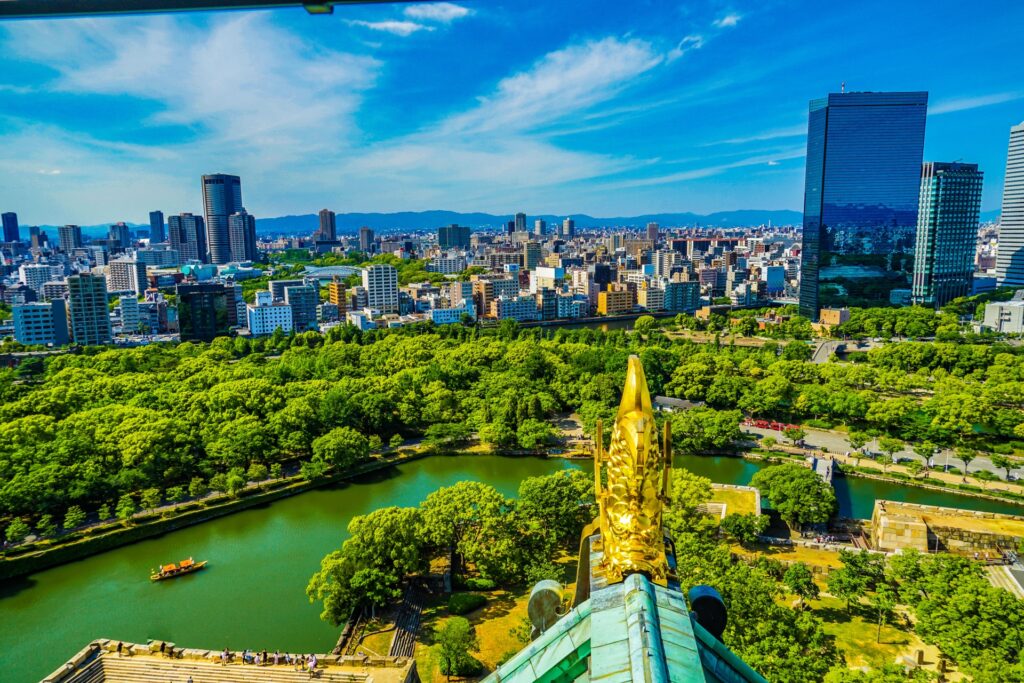
Osaka Castle is centrally located in Osaka City, making it easily accessible from various parts of the city. Visitors can reach the castle by taking the JR Loop Line to Osakajokoen Station or the Osaka Metro to Tanimachi 4-chome Station. In addition to exploring the castle, visitors can also enjoy nearby attractions such as the Osaka Museum of History, which provides a comprehensive overview of Osaka’s development from ancient times to the modern era, and the Umeda Sky Building, known for its futuristic design and panoramic views of the city.
Visitor Tips and Accessibility
To make the most of your visit to Osaka Castle, consider arriving early in the morning or late in the afternoon to avoid crowds, especially during the cherry blossom season. The castle is generally wheelchair accessible, with ramps and elevators available in most areas. It’s also advisable to wear comfortable shoes, as exploring the castle grounds involves a fair amount of walking. For those interested in photography, visiting during the golden hours of sunrise or sunset provides the best lighting for capturing the castle’s beauty.
Best Photography Spots and Tips at Osaka Castle
Osaka Castle offers numerous opportunities for photography, from its impressive architecture to the scenic views of its gardens and moats. Some of the best spots for capturing the essence of the castle include the main tower, the outer moat with reflections of the castle, and the cherry blossom-lined paths in Nishinomaru Garden. For photography enthusiasts, the observation deck at the top of the main tower provides a panoramic view of Osaka’s skyline, perfect for capturing the contrast between the historical castle and the modern city.
Iconic Photography Spots
The main tower is undoubtedly the most iconic spot for photography at Osaka Castle, offering stunning views of the castle against the backdrop of the city. Other popular spots include the stone walls and moats, where visitors can capture reflections of the castle in the water, and the plum grove in Osaka Castle Park, which blooms beautifully in late winter. For a unique perspective, try photographing the castle from across the Okawa River, which provides a wider view of the castle complex and its surrounding greenery.
Tips for Capturing Seasonal Beauty
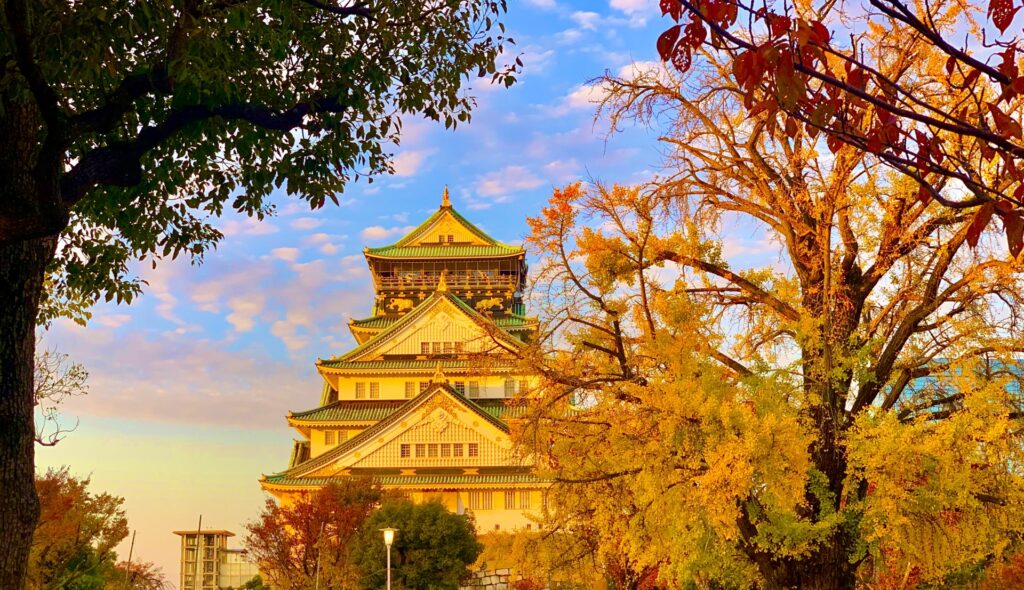
Osaka Castle is beautiful year-round, but certain seasons offer particularly photogenic opportunities. In spring, the cherry blossoms create a pink and white canopy around the castle, making it a favorite for photographers. In autumn, the vibrant red and orange foliage provides a striking contrast against the castle’s white walls. Winter offers the chance to capture the castle in a serene, snow-covered landscape, while summer brings lush greenery that highlights the castle’s stone architecture. For the best results, use a tripod for stability and experiment with different camera settings to capture the changing light throughout the day.
The Modern Relevance and Use of Osaka Castle
Today, Osaka Castle is not only a historical monument but also a vibrant cultural center that hosts a variety of events and activities. It serves as a popular tourist attraction, drawing visitors from around the world who come to learn about its history and enjoy its scenic beauty. The castle grounds are frequently used for community events, cultural festivals, and educational programs, making it a focal point of local engagement. In addition, efforts are being made to preserve the castle and its surrounding areas through sustainable practices and conservation initiatives.
Events and Community Engagement
Osaka Castle regularly hosts events that promote cultural exchange and community involvement. These events range from traditional tea ceremonies and kimono-wearing experiences to contemporary music concerts and art exhibitions. The castle grounds also provide a space for local residents to participate in recreational activities, such as jogging and picnicking, fostering a sense of community within the urban environment. These activities help keep the castle alive as a cultural and social hub, bridging the past and present.
Conservation and Sustainability Initiatives
Conservation efforts at Osaka Castle aim to preserve its historical integrity while promoting sustainability. Restoration projects focus on maintaining the authenticity of the castle’s structures, using traditional materials and techniques where possible. Additionally, the castle’s management has implemented measures to protect the surrounding natural environment, such as maintaining the health of the castle’s gardens and moats. These initiatives ensure that Osaka Castle remains a cherished landmark for future generations, blending the preservation of cultural heritage with environmental responsibility.
Conclusion
Osaka Castle is more than just a historic site; it’s a living monument that continues to play a significant role in the cultural and social life of Osaka. From its rich history and architectural grandeur to its vibrant community events and commitment to sustainability, Osaka Castle offers a diverse and enriching experience for all who visit. Whether you’re exploring its storied past, enjoying its beautiful gardens, or capturing its iconic views, Osaka Castle is a must-see destination that captures the heart of Japan’s history and culture.

